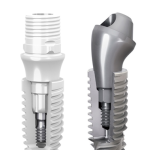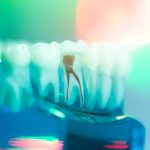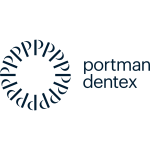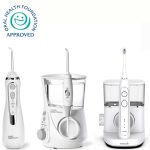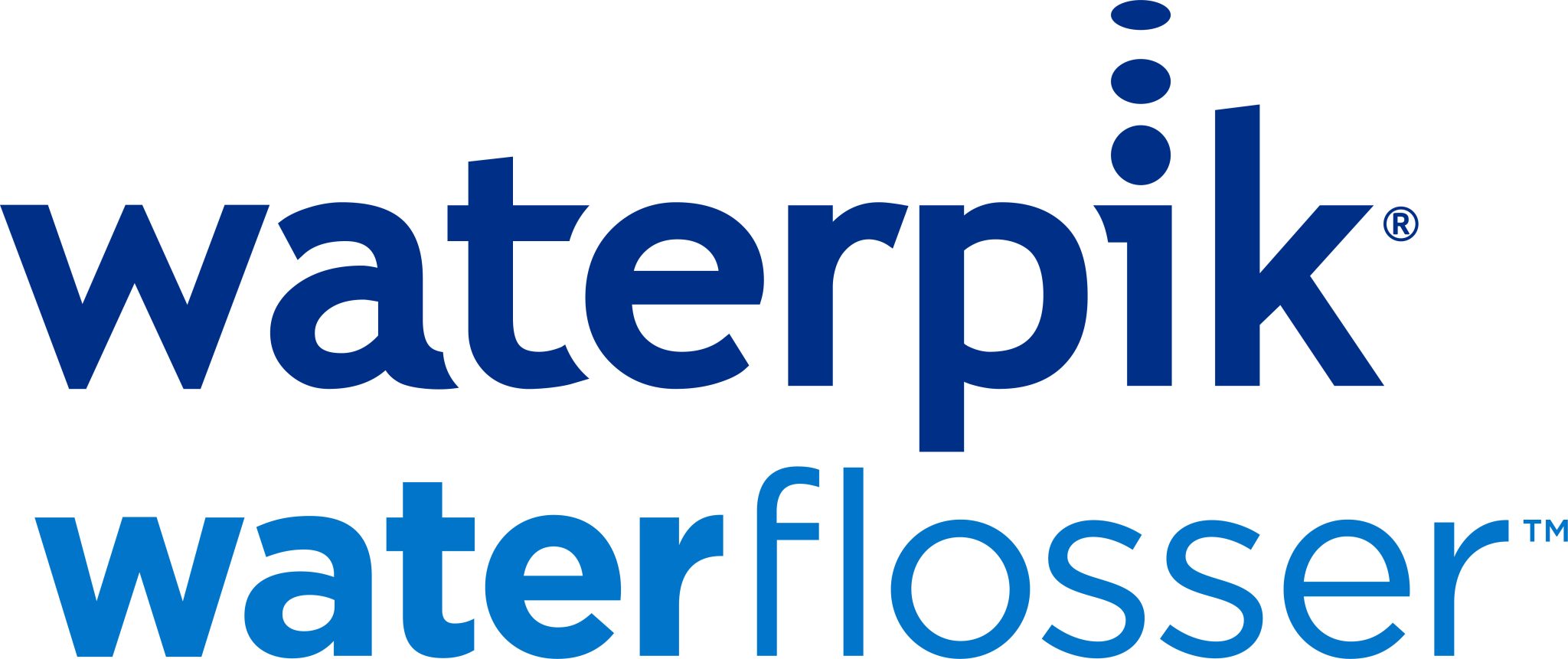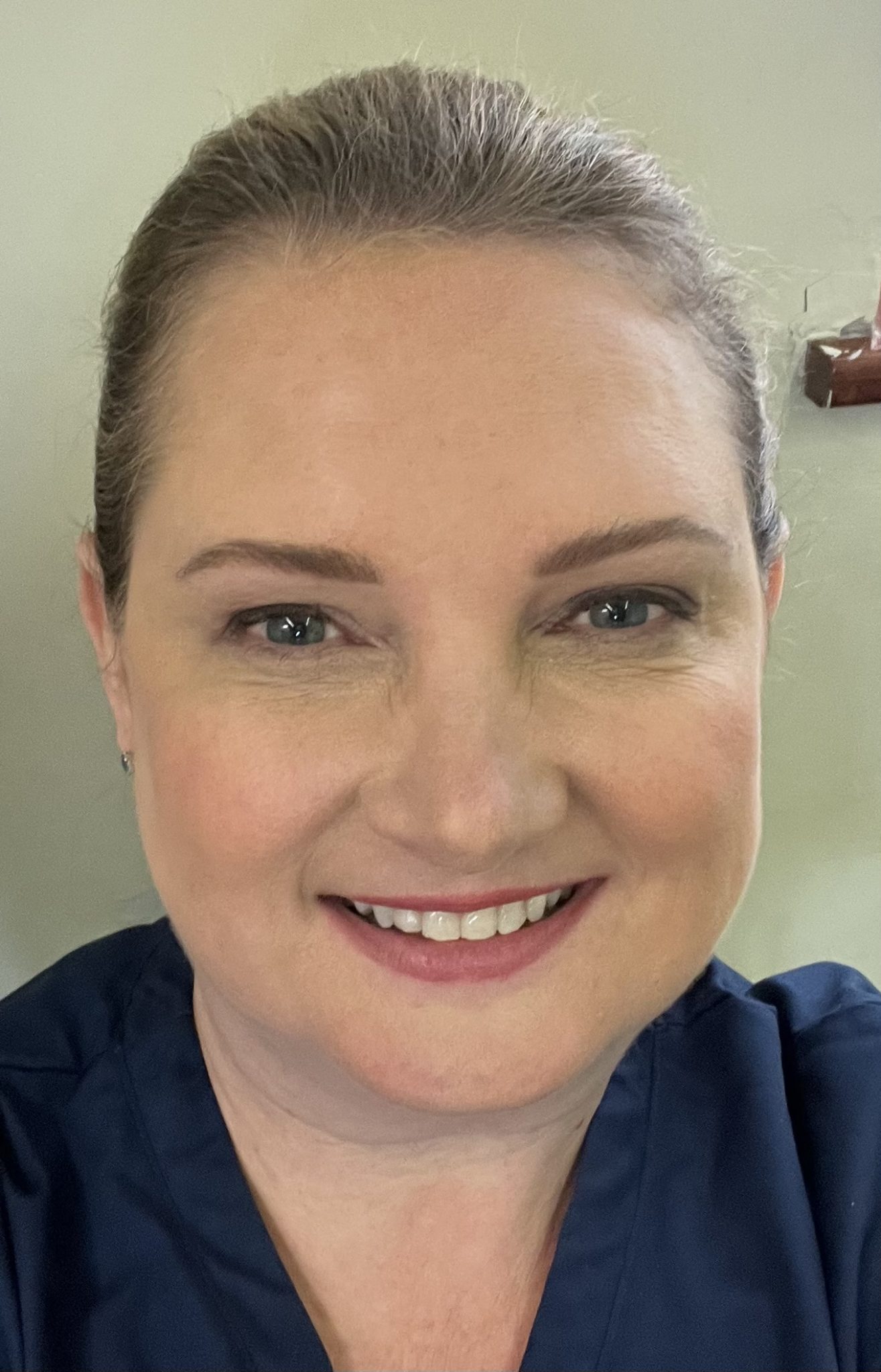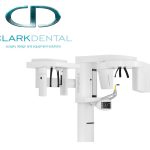Superdrug, has today announced that it is reducing the price of its Own Brand Oral Care range, ProCare, by 20%, the equivalent of VAT. The announcement comes as the UK faces an ongoing dental crisis over lack of NHS dentists and marks the launch of the retailer’s ‘Healthy Smile’ campaign, which aims to improve the state of the nation’s oral health and encourage people to take more preventative care.
The reduction will come into effect across 60 ProCare products from 28th February 2024 and will remain in place indefinitely, ensuring that families have access to affordable oral care amidst the cost-of-living crisis.
With the rising prevalence of ‘dental deserts’ across the UK, some people are having no choice but to pay for expensive private dentists to receive the necessary treatment they need, or worse are performing DIY treatments at home. A recent survey of 2,000 people conducted by Superdrug found that one in five people don’t have a regular dentist, and almost a fifth (18%) admitted that they would attempt DIY dentistry on themselves; this is higher for men than women (23% vs 15%). It appears the younger generation have been hit the hardest by the cost-of-living crisis when it comes to dentistry, with 15% of 18-24 year olds saying they have ended up in debt due to their dental problems. However, they are not the only ones suffering with almost 2 in 5 (37%) of those aged 45-54 sure that they have some untreated dental issues.
When asked what changes, if any, they have made to their dental care as result of rising costs, almost three in 10 (29%) said they have switched to cheaper brands of toothpastes and brushes and 1 in 5 have stopped buying all the oral care products they would like to cut back on costs.
Superdrug’s Own Brand Director, Jamie Archer, says: “As a leading accessible health and beauty retailer, we believe that everyone should have access to the products that protect their health and wellbeing and at an affordable price. Our ProCare range has been developed by oral care experts, ensuring that the wide range of products caters for everyone and fits into every aspect of a daily routine.”
“Oral care products are currently classed as cosmetics and therefore carries the VAT associated with it, making it unaffordable for some people. Hearing from our customers and looking at our research, we hope that by reducing the price of our ProCare range we can help make oral healthcare more affordable for all.”
Dr Surina Sehgal, Dentist and Superdrug Ambassador commented “I’m delighted to be partnering with Superdrug on their ‘Healthy Smile’ campaign and am passionate about educating people on good oral health habits. A good oral care routine doesn’t have to be anything complicated or expensive, and a lot of the issues we are currently seeing in practice in regard to tooth decay, particularly amongst children, can be easily prevented with a basic level of care.”
“My top tips for maintaining a ‘healthy smile’ are:
- Brush before breakfast, not after, to avoid enamel demineralization and reduce the risk of tooth decay.
- Avoid rinsing immediately after brushing to retain the protective fluoride layer from the toothpaste.
- Consider using an electric toothbrush with a pressure sensor to prevent enamel wear from excessive force.
The Chair of the British Dental Association, Eddie Crouch welcomes Superdrug’s price reductions and said, “Toothbrushes and fluoride toothpaste are key to maintaining good health and shouldn’t be subject to VAT. Families shouldn’t have to pay the price for the dental access and cost of living crises.”
The launch of the campaign also falls on National Tooth Fairy Day, so to celebrate Superdrug will be placing their Super Tooth Fairies in five dental desert regions to hand out free toothbrushes and toothpastes, helping to educate and support the families within these areas. The Tooth Fairies will be stationed at stores in Chesterfield, Barking, Nottingham, Swadlincote and Ipswich.
The VAT price reduction isn’t the first time that the retailer has tried to make everyday essentials more affordable for customers. In summer 2023, Superdrug announced that it was removing the VAT equivalent across its Own Brand Solait sun care range and joined the campaign to encourage the government to deem it a healthcare essential.
Products included in the ProCare ‘Healthy Smile’ range include manual toothbrushes from £1.59, electric toothbrushes from £29.59, kids toothpaste from 79p and mouthwash from £2.79. The full range is available to buy from www.Superdrug.com.







